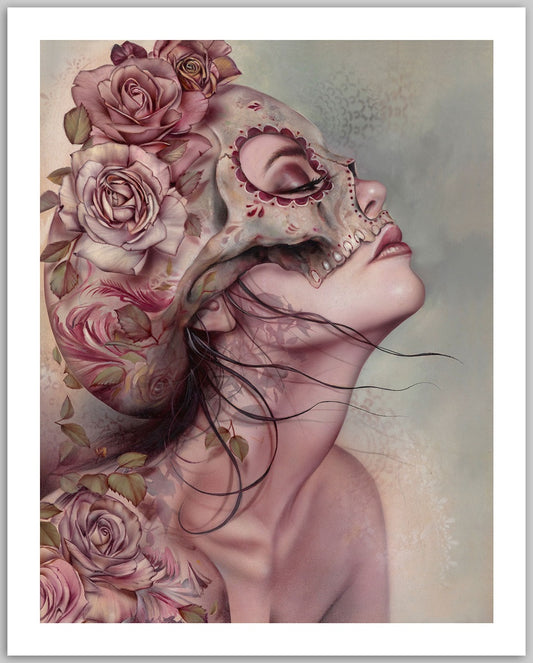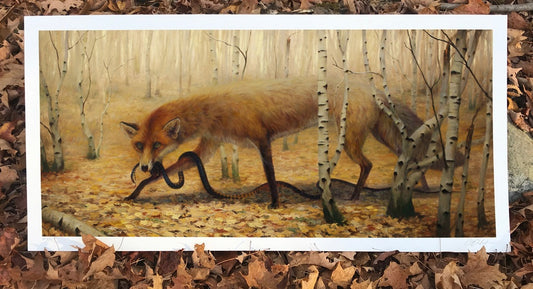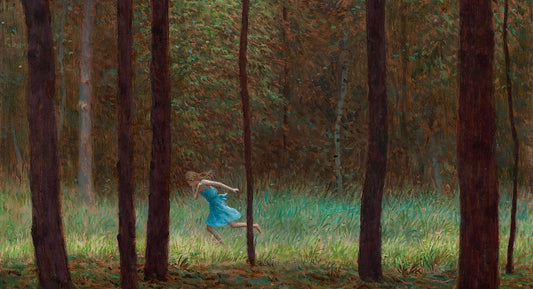Static Medium's Blog

Brian Viveros "Afterdeath" Interview
In anticipation of our print release of "Afterdeath" by Brian Viveros, we sat down with the man himself in order to discuss exhibiting internationally, what his art represents and most...
Brian Viveros "Afterdeath" Interview
In anticipation of our print release of "Afterdeath" by Brian Viveros, we sat down with the man himself in order to discuss exhibiting internationally, what his art represents and most...


Aron Wiesenfeld "Bonny Doon" Interview
It seems as if the characters in your paintings are on always on the brink of making a decision or are preparing to explore the unknown. A sense of uncertainty...
Aron Wiesenfeld "Bonny Doon" Interview
It seems as if the characters in your paintings are on always on the brink of making a decision or are preparing to explore the unknown. A sense of uncertainty...
